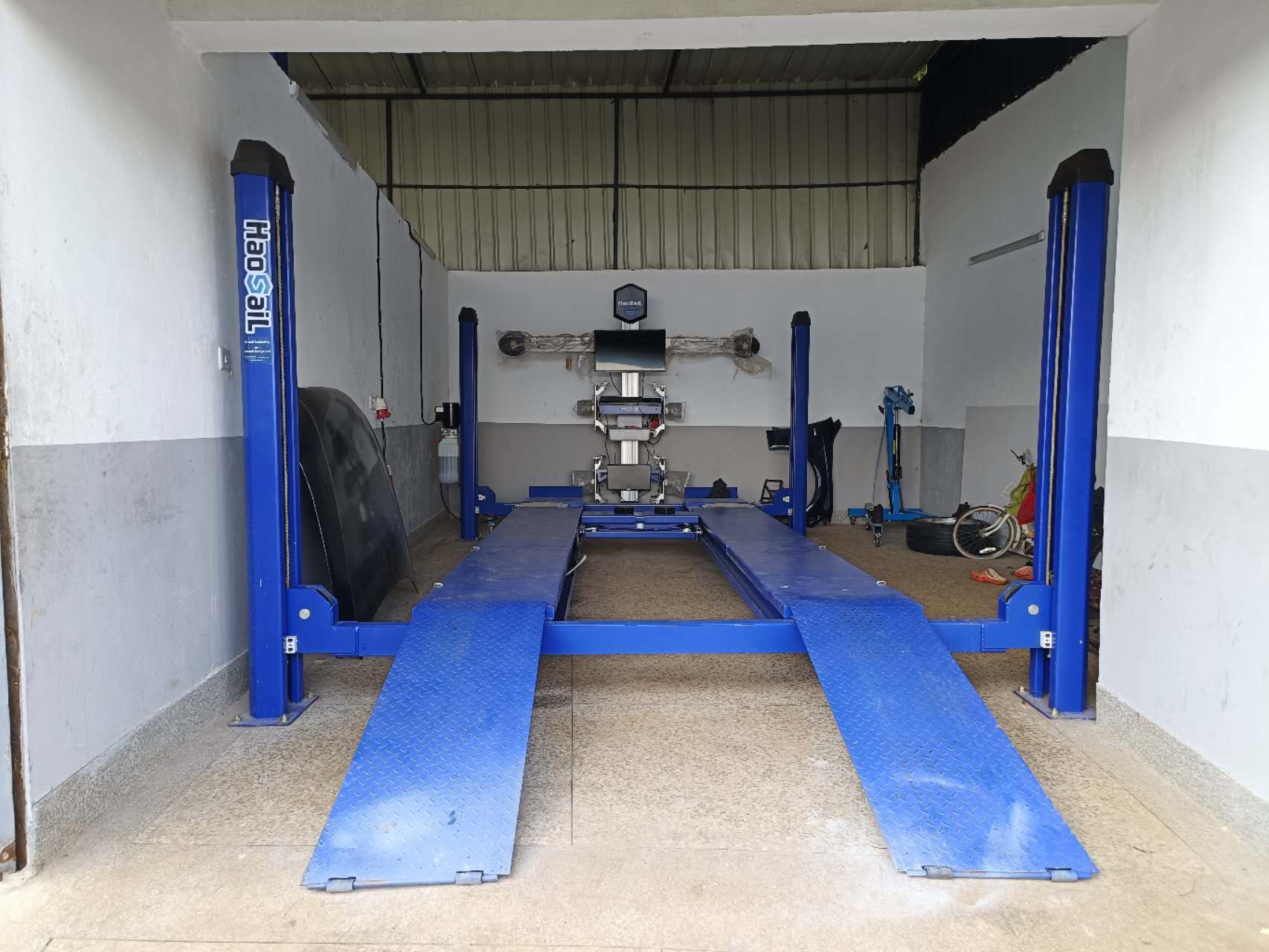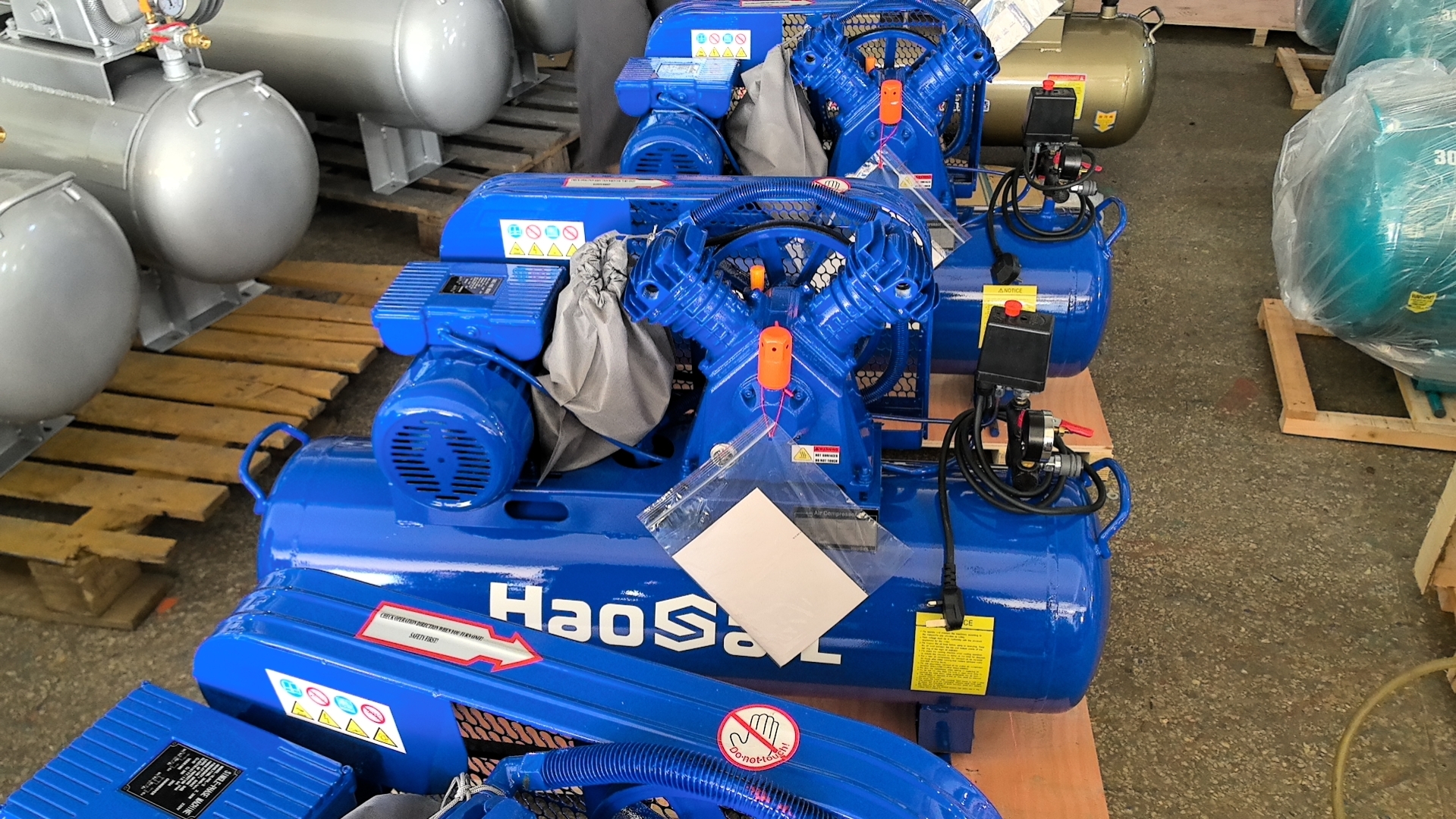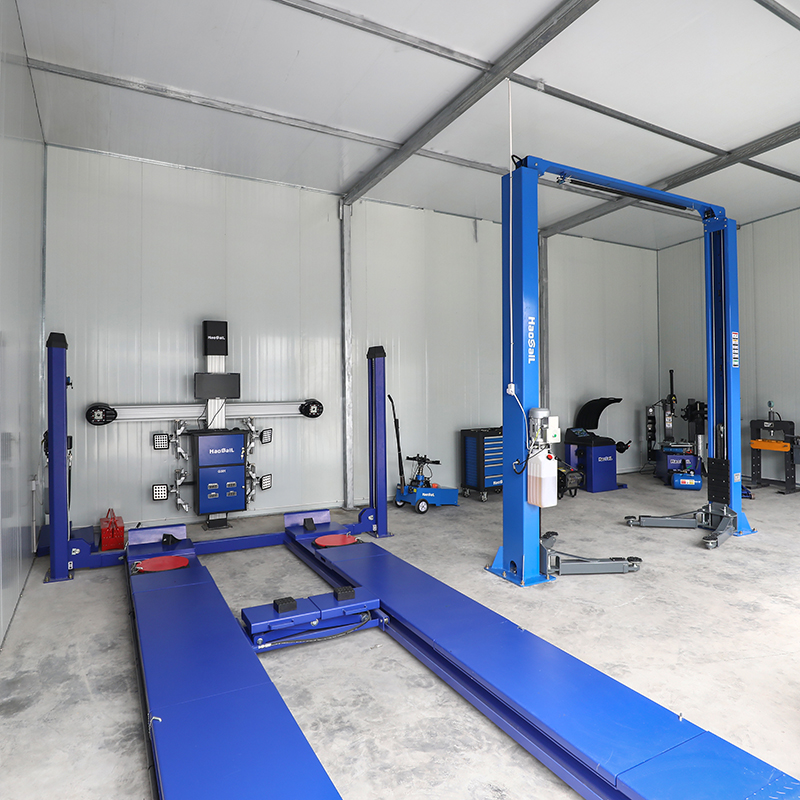
May 29, 2025

May 27, 2025

Apr 14, 2025
Apr 07, 2025
B4, Qingdao High-Tech Zone, No. 17 Songyuan Road, Qingdao.
+86 13864822549
The basic structure of a diesel generator consists of a diesel engine and a generator, with the diesel engine providing the power to drive the generator to produce electricity.

**Basic Structure of the Diesel Engine**: It is composed of components such as the cylinder, piston, cylinder head, intake valve, exhaust valve, piston pin, connecting rod, crankshaft, bearings, and flywheel. Diesel generators typically use single-cylinder or multi-cylinder four-stroke diesel engines. Here, I will only describe the working principle of a single-cylinder four-stroke diesel engine: The diesel generators is started by manual power or other forces that rotate the diesel engine's crankshaft, causing the piston to move up and down in the sealed cylinder at the top. The piston completes four strokes during its movement: the intake stroke, compression stroke, combustion and power (expansion) stroke, and exhaust stroke. When the piston moves downward, the intake valve opens, and fresh air filtered by the air cleaner enters the cylinder, completing the intake stroke. As the piston moves upward, both the intake and exhaust valves are closed, compressing the air, which increases its temperature and pressure, completing the compression process. Just before the piston reaches the top, the fuel injector sprays filtered fuel into the combustion chamber in a mist form, which mixes with the high-temperature, high-pressure air and ignites immediately. The resulting high pressure pushes the piston downward to perform work, driving the crankshaft to rotate, completing the power stroke. After the power stroke is completed, the piston moves upward, the exhaust valve opens to release exhaust gases, completing the exhaust stroke. Each stroke involves half a rotation of the crankshaft. After several working cycles, the diesel engine gradually accelerates into operation due to the inertia of the flywheel.
The rotation of the diesel generator's crankshaft drives the generator to rotate and generate electricity. Generators can be either direct current (DC) or alternating current (AC) generators.
**DC Generator**: It mainly consists of a generator housing, magnetic pole core, field winding, armature, and carbon brushes. Working principle: When the diesel engine drives the armature of the generator to rotate, due to the residual magnetism in the magnetic pole core of the generator, the armature winding cuts through the magnetic field lines. According to the principle of electromagnetic induction, an electric current is induced and output through the carbon brushes.
**AC Generator**: It mainly consists of a rotor made of magnetic material with multiple north and south poles arranged alternately and a stator made of silicon cast iron with multiple sets of series-connected windings. Working principle: The rotor, driven by the diesel engine, cuts through the magnetic field lines axially. The alternating poles in the stator create an alternating magnetic field in the core of the winding. As the rotor rotates one turn, the direction and magnitude of the magnetic flux change multiple times. Due to the changing magnetic field, an alternating current with varying magnitude and direction is induced in the winding and is delivered out by the stator winding.
To protect electrical equipment and maintain its normal operation, the current generated by the generator also needs to be regulated and controlled by a voltage regulator, etc.